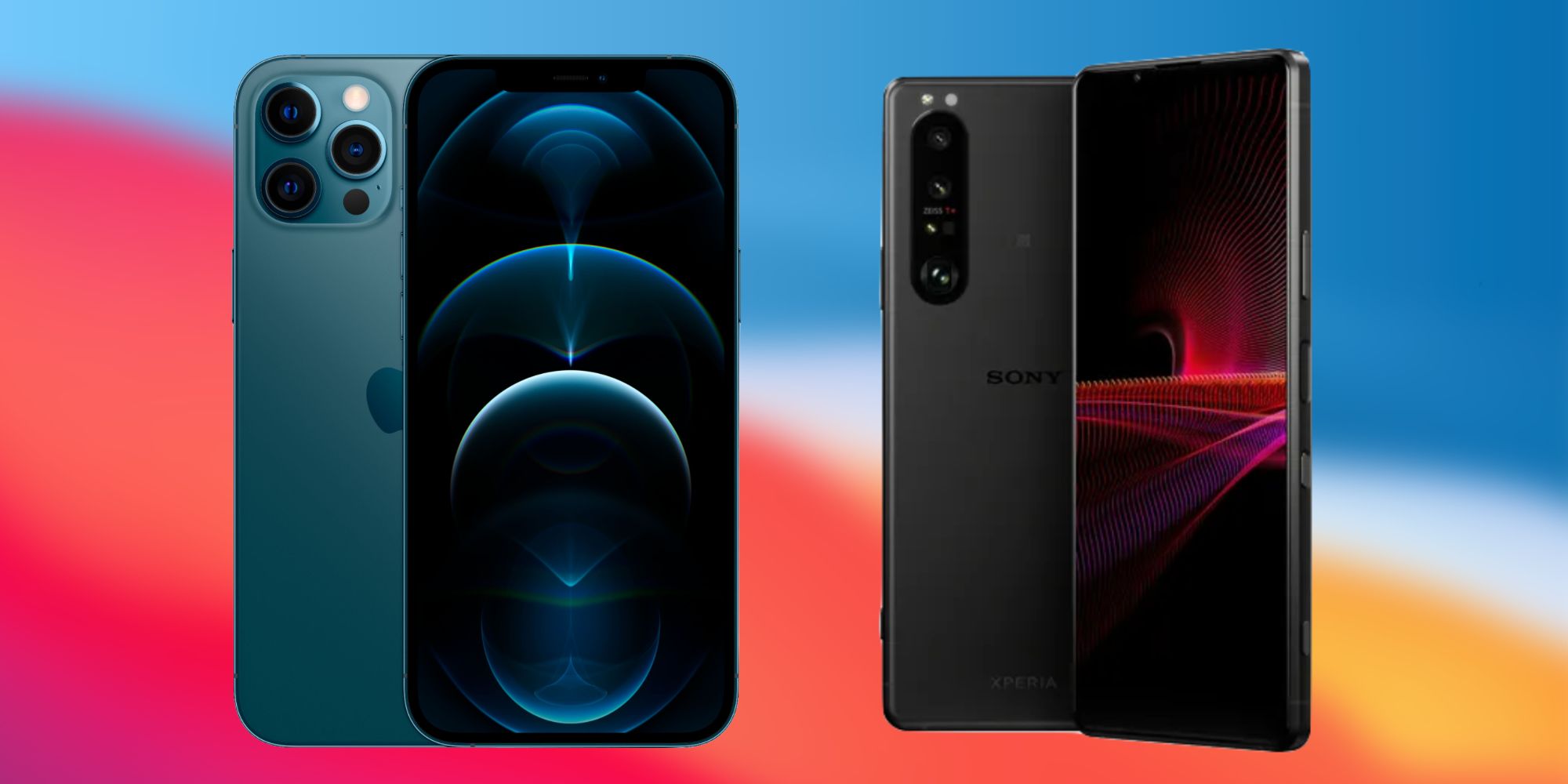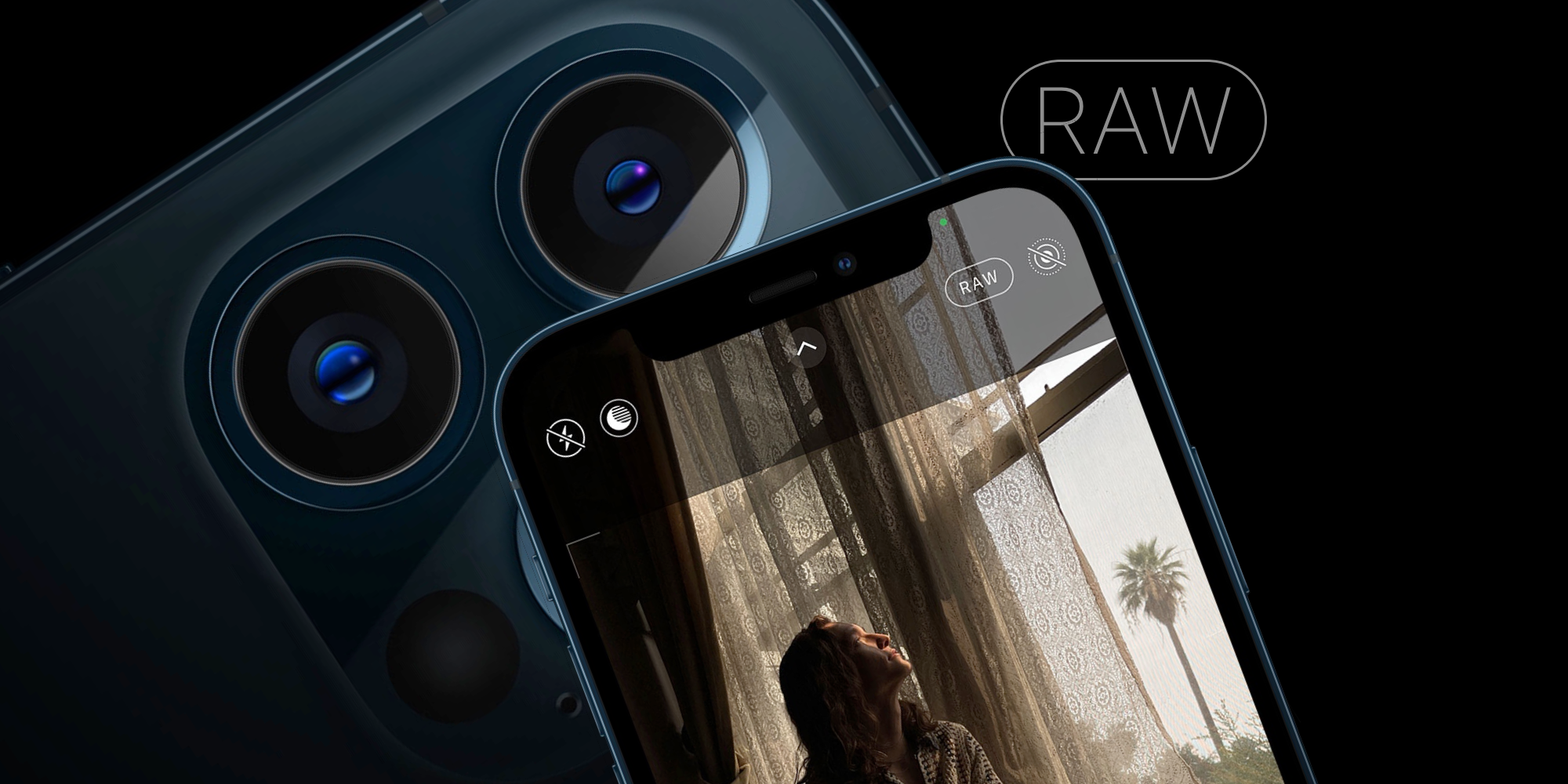Sony's latest Android phone, the Xperia 1 III, is positioned to be some of the fiercest competition yet for the iPhone 12 Pro Max. The 12 Pro Max is widely regarded as having one of the best smartphone camera systems available right now, thanks to a combination of impressive hardware, easy-to-use software, and excellent image processing. However, Sony is looking to deliver a camera experience that's even better.
The Sony Xperia 1 III was announced on April 14, 2021, and while its camera system is a big deal, other aspects of the phone are just as impressive. There's a 6.5-inch 4K OLED display with a 120Hz refresh rate, Qualcomm's blazing-fast Snapdragon 888 processor, and a large 4,500 mAh battery. All of that translates to the Xperia 1 III being one of the more technically impressive phones announced so far in 2021, but as with the past few Sony smartphones, the big draw to the Xperia 1 III is the camera.
On paper, Sony is doing a lot of interesting things with the Xperia 1 III. The back of the phone features primary, ultra-wide, and telephoto cameras, all of which clock in at 12MP. That sounds pretty basic on the surface, but it doesn't take long for the Xperia 1 III to show off its strengths. The main attraction is the telephoto camera, which has two distinct focal lengths that can be switched between at any given time — including 70mm and 105mm. This essentially gives users two high-quality zoom lengths in a single sensor, which hasn't been seen in a smartphone camera before. Another big addition is Real-Time Tracking, which utilizes AI and the Xperia 1 III's time-of-flight sensor to keep a subject in focus even if they move.
The iPhone 12 Pro Max Still Puts Up A Hard Fight
While the iPhone 12 Pro Max doesn't have multiple zoom lengths or fancy autofocus tracking, it still delivers an excellent camera experience. The setup is fairly similar, with 12 Pro Max using 12MP sensors for its primary, ultra-wide, and telephoto cameras. Telephoto is limited to a 65mm focal length, and the ultra-wide sensor has a slightly narrower field of view (120-degree on the iPhone compared to 124 on the Xperia 1 III), but images that are captured still look fantastic. The iPhone 12 Pro Max may not be as flexible of a camera, but for the shots it can take, they're consistently gorgeous. The iPhone also utilizes a LiDAR sensor, which can be used for AR apps and more powerful camera features — such as taking portrait shots in low-light settings.
When it comes to software, it's a pretty similar situation. The iPhone's camera app is notoriously basic. While that makes it extremely easy for anyone to use, it can also feel a bit lacking for anyone that wants more granular control over their photography. The addition of ProRAW has been a great addition for users that like editing their photos after the fact, but there's still more that can be done — such as adding an official manual shooting mode. By comparison, the Sony Xperia 1 III feels like it was designed with professional photographers in mind. The Photography Pro and Cinematography Pro camera apps give users unparalleled control over still images and videos, allowing people to manually adjust focal length, shutter speed, aspect ratios, frame rates, and so much more. It can all feel a bit overwhelming at times, but for people that take their craft seriously, it's an experience that can't be missed.
All of this results in the iPhone 12 Pro Max and Sony Xperia 1 III having camera systems designed with very different people in mind. Despite the 'Pro' name, the iPhone 12 Pro Max doesn't feel like a professional-grade camera setup. It's one of the best smartphone cameras money can buy in 2021, but it also doesn't really go the extra mile for professionals. By comparison, the Xperia 1 III has ever hardware spec and software feature a shutterbug could ask for. This results in it not being the most user-friendly experience, but for people that know what they're getting into, it's fantastic. That's not to say either approach is right or wrong — just that they're very different and designed for different groups of people.
Source: Sony


